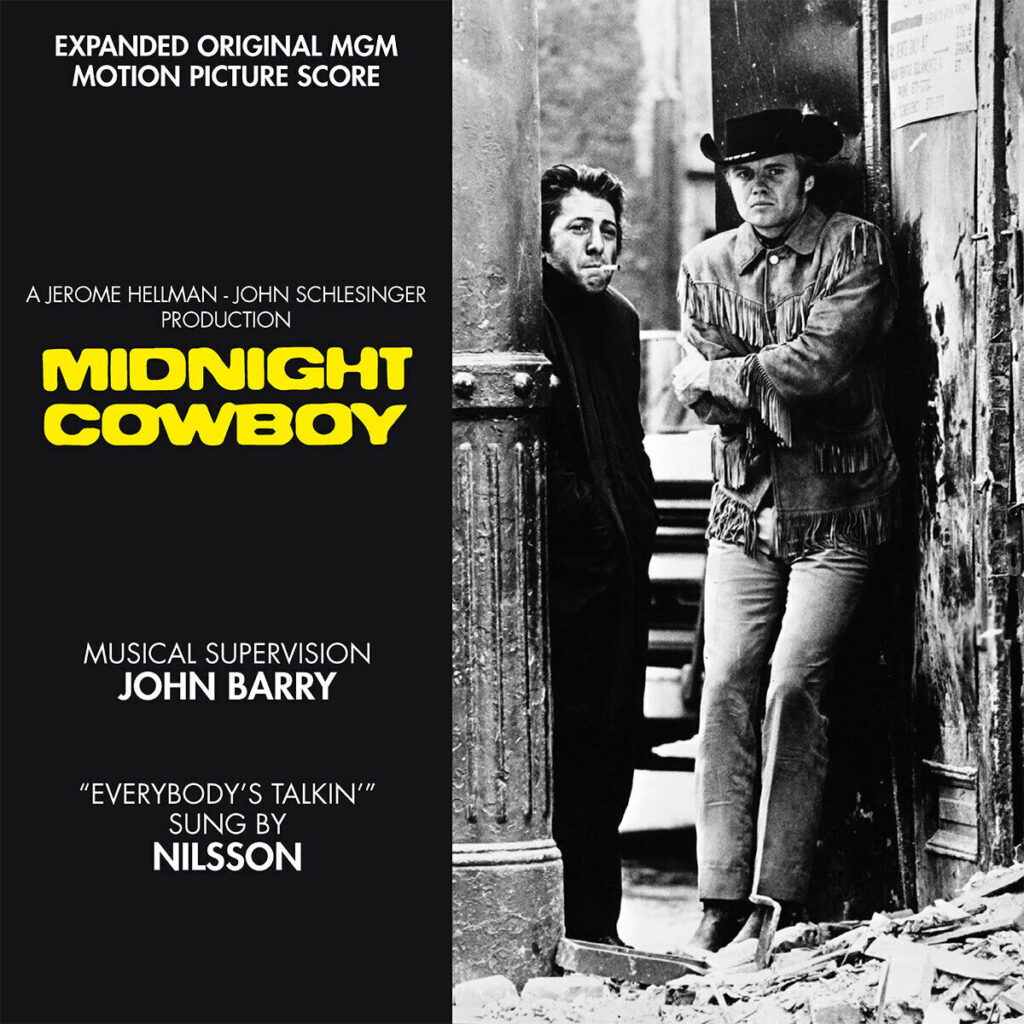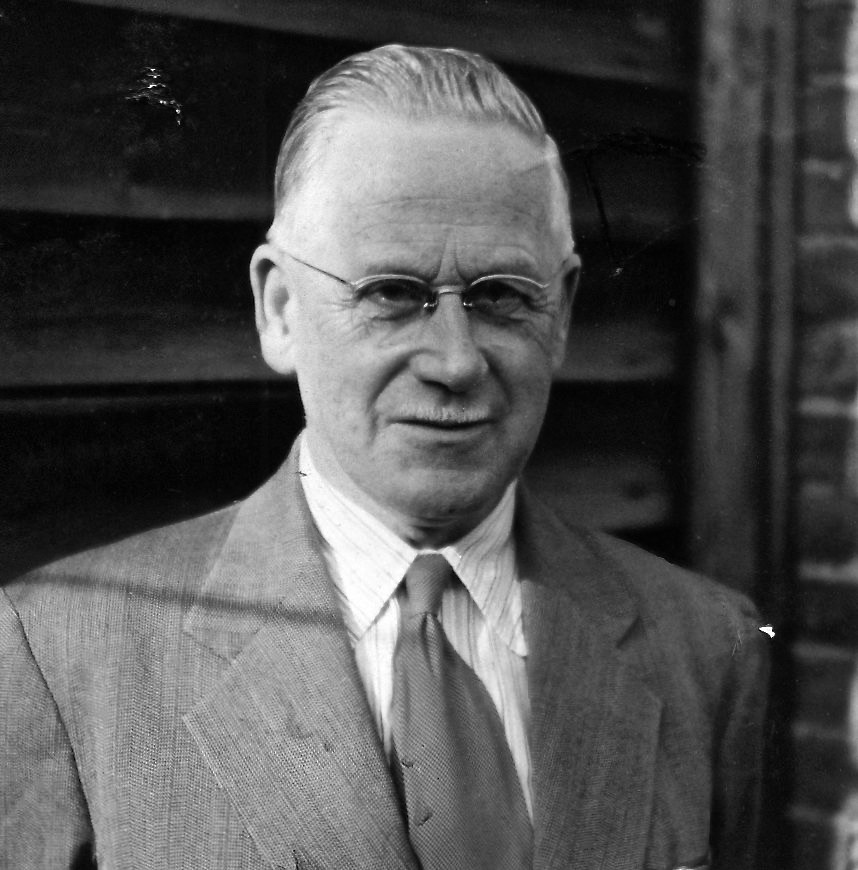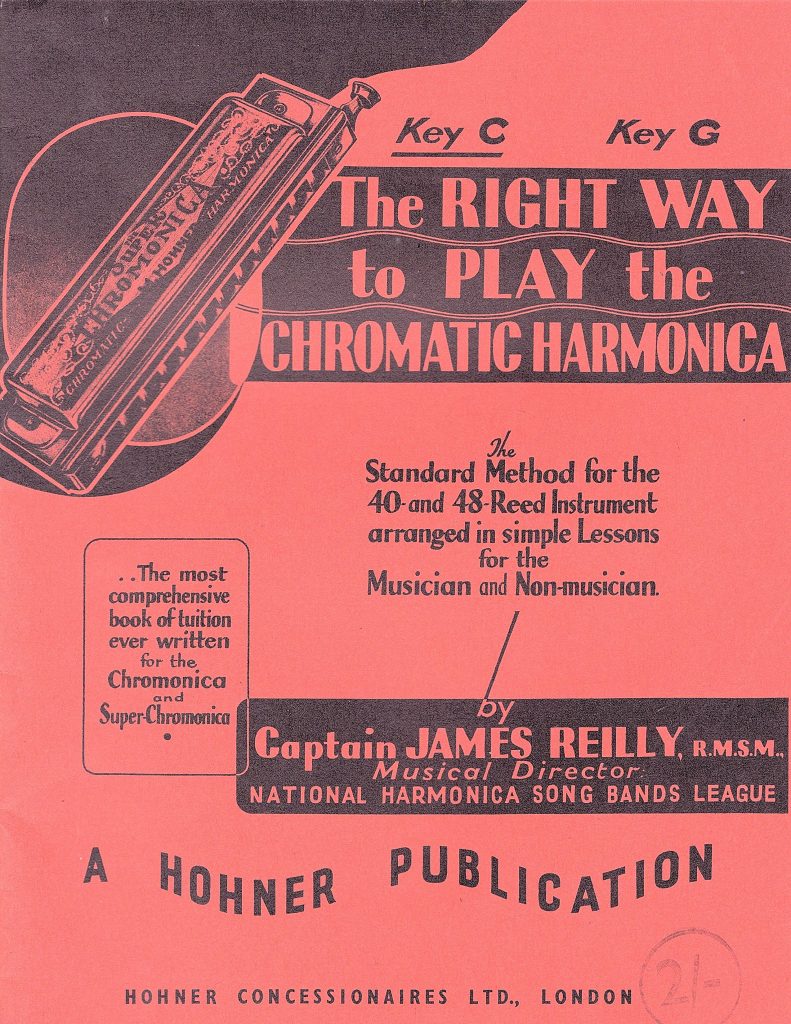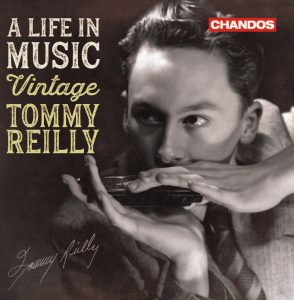The theme from Midnight Cowboy is one of the best known pieces of music played on harmonica.
Everyone knows who played it, don’t they…
It was Toots, wasn’t it???
I stumbled over this question when someone told me it wasn’t Toots Thielemans, it was the British harmonica soloist, Tommy Reilly. It turned out to be more complicated than this.
The making of Midnight Cowboy
John Schlesinger began filming Midnight Cowboy in Florida, Texas and New York in 1968 and during 6 months of post production he realised that he needs some contemporary music for the film. John Barry had written music for Bond films and had also been involved with the UK popular music scene in the 60s as the leader of the John Barry Seven, and an arranger for pop singers, so he was asked to supervise the music for the film.
Some of the music had already been chosen, like Fred Neil’s Everybody’s Talkin‘, sung by Harry Nillson, but more, dramatic music was needed – something which was to become as famous as Everybody’s Talkin‘. A lonely harmonica tune that almost anyone could play.
The recording of the harmonica soundtrack with Toots Thielemans
John Barry said, “I wrote the harmonica theme, in which the counter melody is more important than the melody, giving a general repetitive feeling like going nowhere, to reflect the underbelly of New York. For the actual melody, I wanted something very unsophisticated, that any guy sitting outside a gas station in Texas could play. “
“We kept the instrumentation very simple, 12 string guitars, a rhythm section and the harmonica, so that the theme of Midnight Cowboy in the score would fit in with the musical language of the Nillson song.”
Toots Thielemans was living near New York at that time and his chromatic harmonica brought great tenderness and longing to the theme. He also can be heard on some of the re-recorded Nielsen pieces in the earlier part of the film. All the harmonica heard during the film is played by Toots.
The recording of the Film Music Album with Tommy Reilly
The commercial release of music from the film Midnight Cowboy is a bit more complicated. Eight of the twelve tracks on the sound track LP, called the Original Motion Picture Score released by United Artists Records (Liberty 1A 054-90639), were from the New York film soundtrack recordings, but the other four tracks, including Midnight Cowboy and Joe Buck rides again, were recorded in London in June 1969. This time the harmonica on Midnight Cowboy and Joe Buck rides again was played by Tommy Reilly. Any other harmonica heard on this album is by Toots.
The release of the single versions of the Midnight Cowboy Theme
Following the release of the LP soundtrack album, Toots and John Barry released a 7″ single (45rpm) of Midnight Cowboy on Columbia and Tommy Reilly and The John Scott Orchestra released a 7″ single (45rpm) version on Polydor.
These recordings show that it was Tommy’s idea to bend the notes in the main theme. Tommy always thought that that Toots was perfect for the movie and did a fantastic job.
The double CD “Midnight Cowboy – Expanded Original MGM Motion Picture Score“

Much of this information comes from the CD notes of the excellent and comprehensive double CD “Midnight Cowboy – Expanded Original MGM Motion Picture Score“. [Quartet Records – QR434, MGM Records – QR434, Universal – QR434].
CD1 has the original LP tracks and some bonus tracks, including alternate versions of Toots playing Midnight Cowboy. CD2 has the music from the original film score. The CD booklet does not say Joe Buck rides again was played by Tommy Reilly.
Background to the John Barry recordings in London
Tommy Reilly’s manager, Sigmund Groven, added more background to the reason for the London re-recording of Midnight Cowboy. “John Barry had worked with Tommy several times before, including on the 1966 Marlon Brando film “The Chase” (soundtrack on CD: Varese Sarabande VSD-5229), and he wanted to feature Tommy in the Midnight Cowboy score.
As it happened Tommy was unavailable; he was on tour in Australia at the time, so John Barry asked Toots to play in the film. However, when Tommy was home after his Australian tour, John Barry was very pleased to be able to use him on the London sessions for the album.”
There are some great videos of Tommy and Toots playing Midnight Cowboy.
Extra Information.
1 – There are two recordings of the theme from Midnight Cowboy recorded by Toots Thielemans and John Barry after the release of the film. The commercial 45rpm version (above) has a “fattened” harmonica sound (flanger?) and the alternative take, which is also on the double CD, sounds like a straight mono recording.
2 – Popular concerts of John Barry’s music (including Midnight Cowboy and Dancing with Wolves) provided regular work for harmonica players. In the UK this has included Jim Hughes and Harry Pitch when Tommy Morgan could not make it from California. Phil Hopkins was once summoned to John Barry’s house in London as there were problems with Tommy Morgan’s UK visa.
Phil auditioned successfully and returned home to practice hard for the concert at the Albert Hall. Just before the performance he got a message that the visa had arrived and Tommy would do the gig. Phil got a cancellation fee and acknowledged that the audience got a better deal hearing Tommy Morgan play the harmonica themes.
3 – Shortly after the London recordings for the Midnight Cowboy soundtrack album Tommy had a telephone call from Polydor Hamburg where he had already made two commercially very successful albums with Kai Warner: Melody Fair and Latin Harmonica. He flew over the next day. They played him a recording from a new film score and asked him if he could play the harmonica exactly the same as the uncredited player on the LP.
The first take was perfect. The producer said: “You are a genius”, and Tommy started to laugh. The producer said: “What are you laughing for?” and Tommy admitted: “That’s me playing on the original record!” The single (Polydor NH 59323), with John Scott as musical director, and with Tommy credited this time (!), climbed the charts in many countries. (Sigmund Groven)
4 – Despite the success of the two recordings by Toots Thielemans and Tommy Reilly, the version recorded by two pianists, Ferrante & Teicher, was nominated for the 1969 Grammy in the category Best Contemporary Instrumental Performance. I don’t think John Barry was very pleased either.











